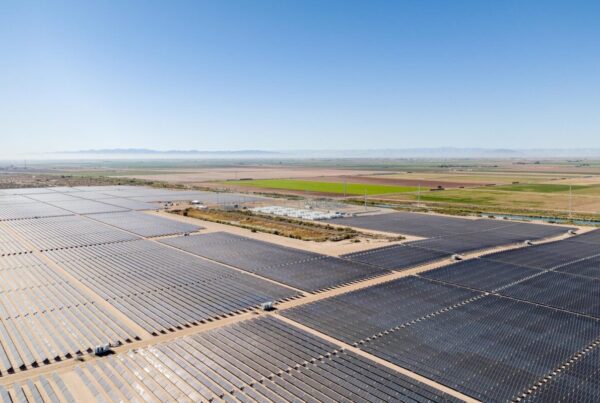
Swiss-based solar manufacturer Meyer Burger made similar comments when it decided to shut down its module assembly plant in Germany at the beginning of the year.
This decision to cease its operations in Årdal, Norway, comes more than a year after NorSun announced a temporary halt of its production in September 2023. At the time, NorSun was already citing the influx of low-priced Chinese solar components.
The ingot and wafer plant in Norway had an annual nameplate capacity of 1GW, according to the company’s website.
Similar to Meyer Burger earlier this year, NorSun said it will now focus its efforts on its US manufacturing plant. Earlier this year the company unveiled a plan to build a silicon ingot and wafer manufacturing plant in the US state of Oklahoma with an annual nameplate capacity of 5GW.
It says the US manufacturing plant has entered into long-term sale agreements for the planned production volume, contracts for the delivery of all critical production equipment, and an engineering and construction contract for the factory.
Although production has not started yet, the company already secured a 1GW silicon wafer supply agreement with Canadian solar manufacturer Heliene. The supply to Heliene’s solar cell plant in Minnesota is set to begin in 2026, when NorSun intends to start production.
A final investment decision for the project is expected to be made in the first quarter of 2025.
“The discontinuation of our operations in Norway is a result of oversupply and lack of regulations in Europe. NorSun will now concentrate all efforts on our US project, capitalising on the NorSun global reputation in the industry to spearhead rebuilding the US PV value chain and help reshoring American Manufacturing jobs”, says the CEO in NorSun Holding AS, Erik Løkke-Øwre.
NorSun is among a select few companies which have so far announced wafer manufacturing capacity in the US, along with glass manufacturer Corning, Korea-owned Hanwha Qcells – through a vertically integrated manufacturing plant – and German silicon wafer manufacturer NexWafe.
That latter announced today that it reached “key milestones” in its epitaxial wafer production which could compete with Chinese manufacturers and reach “performance parity” with conventional Czochralski wafers.






